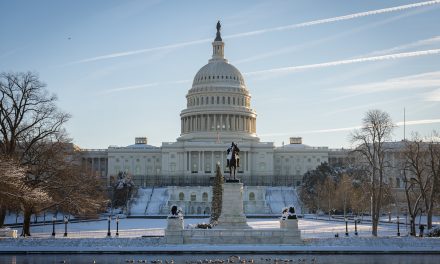The Mississippi River helps create $105 billion worth of U.S. gross domestic product and provides 18 million people with drinking water. New and continuing efforts are under way to improve and assess water quality.
From Sept. 12 to 14, the Mississippi River Cities & Towns Initiative held its first meeting, a 2-day conference with 41 mayors from the Mississippi River Basin. The effort is coordinated by the Northeast–Midwest Institute in response to Hurricane Isaac, severe drought conditions, and other stressors. The initiative is intended to provide an influential voice in Washington, D.C., for the effective protection, restoration, and management of the Mississippi River. Read more.
Also, the Mississippi River/Gulf of Mexico Watershed Nutrient Task Force recently created the Mississippi River Monitoring Collaborative to evaluate nutrient reduction progress in local waterways that ultimately lead to the Gulf of Mexico. The collaborative consists of federal and state agencies. So far, the team has collected more than 670,000 nutrient data records from 12 states in the Mississippi River Basin. The data will be used to evaluate where conservation practices and policies are working and where new or enhanced nutrient reduction strategies should be developed.
The Mississippi River Basin Healthy Watersheds Initiative—a program to improve water quality in key Mississippi watersheds — is also working to improve monitoring on its pilot projects. Read more.




